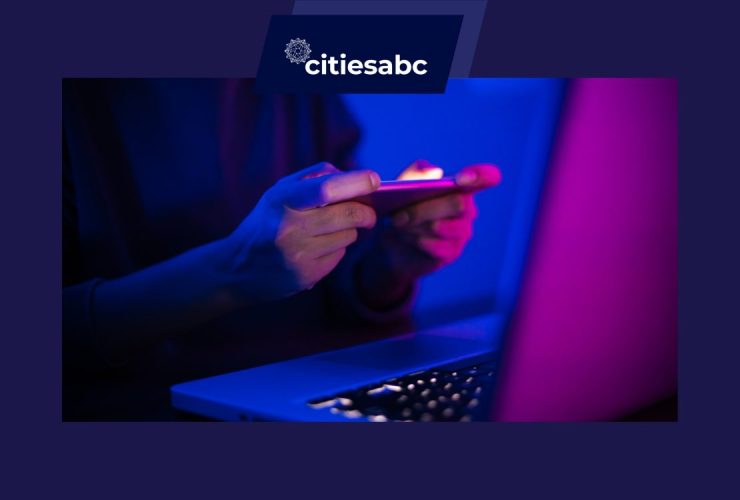Innovative Tactics for Captivating Young Audiences

Categories :
Today’s young consumers are a highly discerning group. With endless content streams and product options at their fingertips, grabbing their attention requires more than traditional tactics — it demands innovation. For small businesses, marketing professionals, and brand managers, understanding how to appeal to younger demographics is critical to staying competitive.
One approach that’s proven both versatile and effective? Promotional kids toys. These small yet mighty tools can leave a big impact when used creatively in marketing campaigns. If you’re looking to connect with young audiences and create lasting impressions, this post will walk you through how to harness the potential of innovative promotional strategies.
Why Targeting Young Audiences Matters
Young audiences don’t just drive demand; they influence purchase decisions, often extending beyond themselves to include parents and peers. Reports show that children impact over 80% of family spending, and younger demographics wield over $2 trillion annually in purchasing power globally.
Additionally, capturing their loyalty early can translate to long-term consumer relationships. But how do you stand out in a saturated market? The answer lies in novelty and value.
How to Use Promotional Kids Toys to Dominate Marketing Campaigns
Promotional kids toys aren’t just fun giveaways—they’re highly effective tools for engagement, creating brand awareness and fostering emotional connections. Here’s how you can leverage them smartly.
1. Understand What Engages Younger Audiences
Young audiences are drawn to vibrant, interactive, and creativity-triggering products. Use insights about their interests to craft unique promotional toys that stand out. Make sure your selection aligns with what’s trending. For example, items like fidget spinners, colouring kits, or eco-friendly craft toys have captured significant attention in recent years.
Businesses often discover fidget toys for kids that help improve focus and keep little hands busy during downtime. These toys also make great branded giveaways, combining entertainment with effective marketing.
Tips for execution:
- Conduct surveys or gather insights about your target demographic’s preferences.
- Curate seasonal toys (e.g., summer beach toys, back-to-school pencil toppers).
- Keep themes relevant to kids’ entertainment trends, such as cartoon characters, games, or pop culture icons.
2. Prioritise Practical and Tangible Benefits
While entertainment is a priority, combining functionality with fun takes promotional toys to another level of impact. For instance:
- A branded puzzle challenges cognitive skills while offering playful engagement.
- Art kits create hours of activity time and encourage creative exploration.
Parents often approve of promotional toys that hold some educational or skill-enhancing value. This added utility works in your favour since satisfied parents are more likely to endorse your brand.
3. Leverage Sustainability for Positive Brand Perception
Modern consumers, including young ones, are increasingly aware of their environmental footprint. Offering eco-friendly promotional kids toys positions your brand as both responsible and future-focused.
Examples include:
- Wooden puzzles with sustainable branding.
- Plantable activity kits (e.g., toys that kids can grow into mini herb gardens).
- Recycled colouring pencils or toys crafted from biodegradable materials.
These initiatives tie your brand directly to meaningful action, enhancing trust and favourability among parents and young customers alike.
4. Create Immersive Experiences Around the Product
The experience surrounding your promotional toys can matter as much as the toy itself. Use engaging campaigns to deliver these toys in interactive settings.
For example, host giveaway-driven events where receiving the toy is part of a game or activity—whether it’s a scavenger hunt or a carnival-inspired challenge. These immersive experiences create memories tied to your brand, ensuring lasting impressions.
Key action items:
- Integrate augmented reality or QR codes into packaging to create a digital experience.
- Set up branded digital games where players can unlock access to toys.
- Offer limited-edition toys to create exclusivity and heighten demand.
5. Harness Social Sharing for Greater Reach
Young parents frequently look for exciting activities or products to share online (especially on platforms like Instagram or TikTok). Ensure your promotional toys are visually striking, interactive, and photogenic so they easily find their way onto social media feeds.
Encourage user-generated content by including hashtags or gamifying your campaign. A "post a photo with your toy for a chance to win XYZ” contest can skyrocket engagement for a small investment.
6. Align Promotional Toys with Your Brand Story
Customisation ties the success of your promotional product directly back to your business. Designing toys that prominently display your logo or cleverly reference your brand values ensures consumers will remember who’s behind the fun.
For example:
- A sustainability-focused beverage company could offer branded reusable snack boxes for kids.
- A kid-friendly tech brand might create mini versions of their products (like a “toy laptop” design).
Having a strong connection between the toy and your brand amplifies its marketing effectiveness.
Build Loyalty by Building Memories
When done the right way, promotional kids toys do more than just create fleeting excitement—they tell a brand story, build goodwill, and foster loyalty among both kids and their parents. By customising toys that resonate emotionally and logically with target audiences, small businesses can compete effectively, regardless of budget constraints.
Whether you’re looking to boost brand recognition or broaden your customer base, well-thought-out promotional kids toys can be an invaluable tool. Need guidance on creating impactful toy-based promotions? Our professional team can help bring your vision to life.
Start captivating young audiences today!
Citiesabc was created by a team of global industry leaders, academics and experts to create new solutions, resources, rankings and connections for the world’s top cities and populations.










